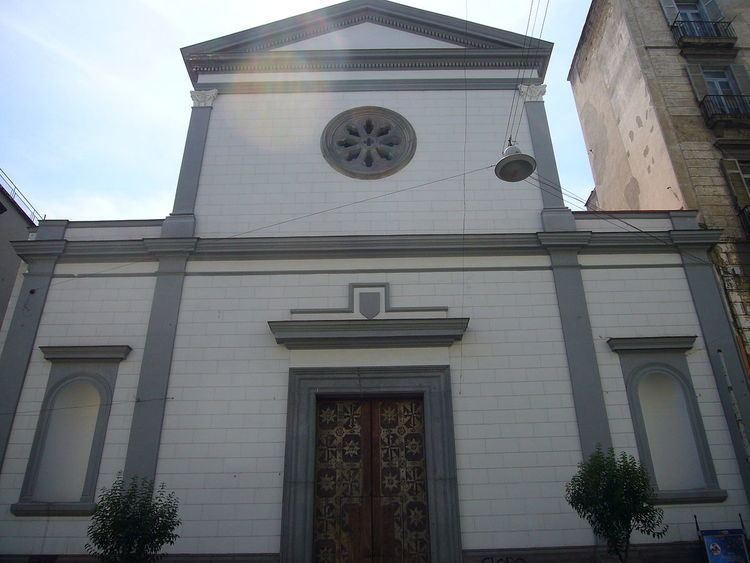Country Italy Architectural type Church Opened 1845 Phone +39 081 795 6423 Groundbreaking 1599 | Denomination Roman Catholic Completed 1845 | |
 | ||
Address Via Duomo, 286, 80121 Napoli, Italy Similar Museo Civico Filangieri, San Giorgio Maggiore, San Domenico Maggiore, Casina Pompeiana, Pio Monte della Misericordia | ||
Discorso chiara rojo premiazione san severo al pendino 13 marzo 2014
San Severo al Pendino is a former Roman Catholic church, located on Via Duomo, just south of San Giorgio Maggiore and adjacent to the Museo Civico Gaetano Filangieri, in central Naples, Italy.
Contents
- Discorso chiara rojo premiazione san severo al pendino 13 marzo 2014
- Complesso monumentale san severo al pendino 19 giugno 2013
- History
- References
Complesso monumentale san severo al pendino 19 giugno 2013
History
The church was founded in 1448 at the same time as the hospital of Pietro Caracciolo, who had been the abbot of the nearby church of San Giorgio Maggiore. The original name was Santa Maria a Selice.
In 1550 the church was ceded to the Dominican Order which in 1587 acquired the nearby Palazzo Como to use as a convent. From 1599 to 1620 the church underwent major reconstruction by Giovan Giacomo Di Conforto, which give the building a late-mannerist style. Later in the 18th century, it was decorated with Baroque touches, including the staircase with finely sculpted balustrade.
In 1818 the building became the first home of the State Archives of Naples, then, with the return of the Dominicans, the complex was rebuilt in 1845 by Filippo Botta, but in 1863 the convent was suppressed and building was used as a retirement home. The reworking of the Via Duomo shortened the nave, and deprived the church of its baroque facade and its first two chapels. The front now has a simpler Renaissance style facade. During the Second World War, the church was used as a bomb shelter, but it was damaged by the 1980 earthquake. The church has been since restored, though deconsecrated and used for exhibitions and conferences.
The interior has a Greek plan, and 17th century decoration. The altar is made of polychrome marble, while the transept to the right has the funereal monument of Giovanni Alfonso Bisvallo, sculpted by Girolamo D'Auria in 1617, which originally had a canvas by Luca Giordano.
